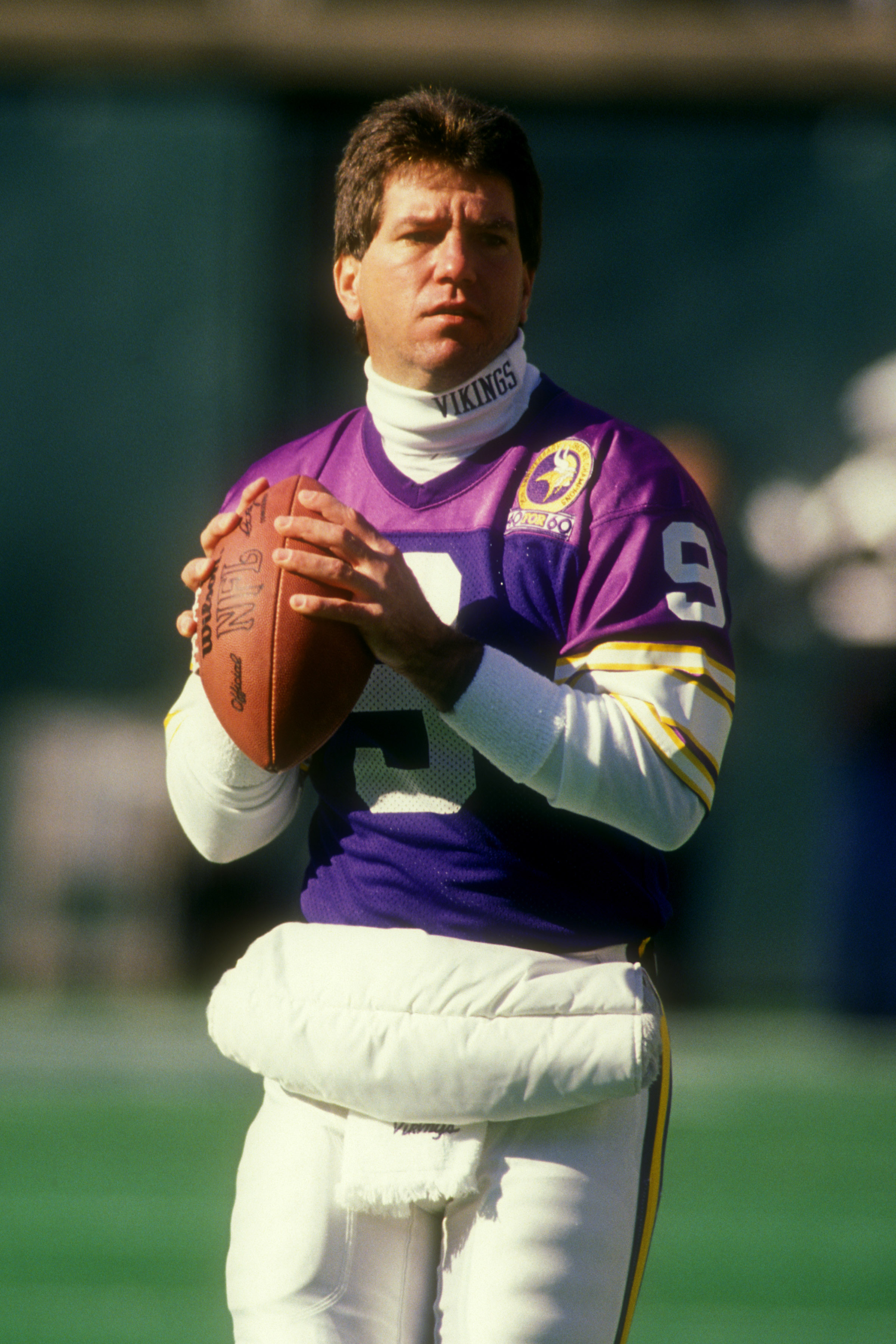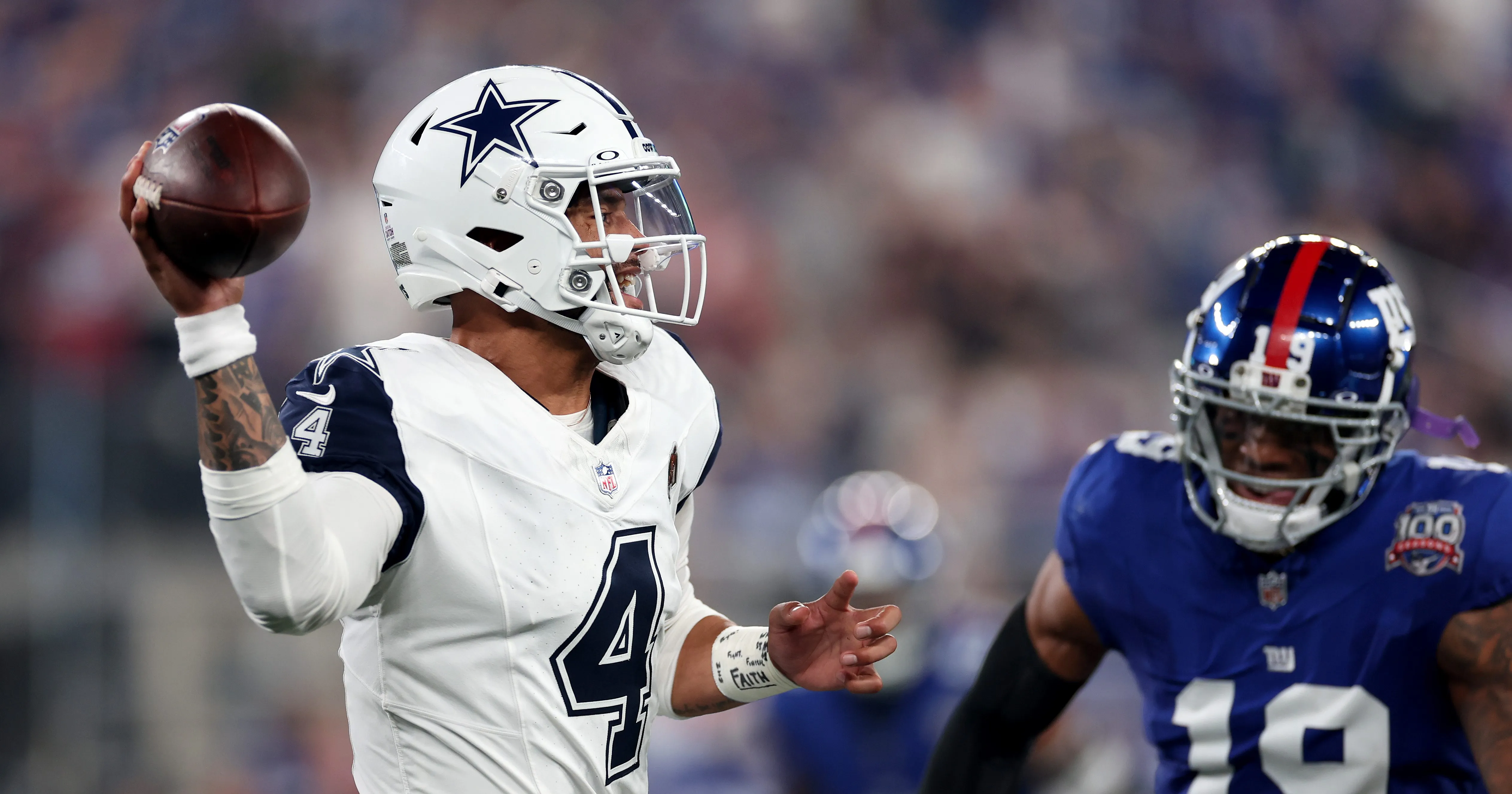First of two parts.
Looking ahead to training camp and what everyone will be looking at – it will help to have even a cursory idea of the offensive elements that coach Matt Nagy is incorporating, particularly in the passing game — because the when, where and how the Bears will be throwing the football is changing. NBC Sports Chicago focuses on a selection of specifics and their origins within that part of the offense that fans will notice, first in Bourbonnais and then in the 2018 season.
Bears coach Matt Nagy and offensive coordinator Mark Helfrich have initiated a monumental makeover of the Bears’ offense, some effects of which should be evident sooner rather than later, if for no other reason than the quarterback and receiver group project to be noticeably better than the tools at the disposal of John Fox and Dowell Loggains.
Stay in the game with the latest updates on your beloved Chicago sports teams! Sign up here for our All Access Daily newsletter.
But the changes run deeper than personnel.
“We’re going to continue to do some of the things that we did in Kansas City,” Nagy said not long after his hiring, “but we’re also going to grow. We’re going to create our own identity.”
Nothing should suggest that the 2018 Bears will ascend to the Kansas City Chiefs’ offensive heights (multiple top-10 statistical rankings, including points (No. 6) and yards (No. 5) per game) in the short term. However, if it takes five years for the Bears to reach those levels, as it did for the Chiefs to do so under Andy Reid, the prospects of Nagy and GM Ryan Pace still being around to see it are problematic. Meaning: Changes will be noticeable immediately.
The complexities of the Nagy/Helfrich iteration of the time-honored West Coast offense are too much to chronicle in one analysis, and they won’t be immediately apparent to the naked eye. For one thing, if civilians could pick it up that easily, it wouldn’t have survived the decades of distinguished defensive coordinators assailing it. Also, if it were that simple, Mitch Trubisky wouldn’t have needed to work as hard at it as he has for some months now. A prime directive in all of this is precisely that the offense is NOT easy to figure out.
NFL
For another reason, regardless of how many years he apprenticed under Reid in Philadelphia and Kansas City, Nagy’s offense will be uniquely his, not merely a Reid clone. Reid did not simply run the Bill Walsh playbook; he authored his own edition. Similarly, not all of the clues to the Nagy offense can be found looking at 2017 Chiefs film. Nagy brings a different and expanded offensive scheme to the Bears, with Helfrich in a complementary role.
But the past is often prologue. Nagy’s NFL experience has all been within the parameters of Reid’s framework, and Helfrich has never coached against an NFL defense. So a reasonable expectation is that Nagy and Helfrich build out from a Reid foundation, but customizing it with personal preferences and with an eye toward molding it to the collective skillset of Trubisky and the rest of the offensive components.
To gain a preliminary, superficial understanding of what Nagy’s offense is about, look to Nagy’s past, the West Coast roots that Nagy incorporates in his work.
With his own modifications. As in:
“I think if you compare the old-school West Coast offense, where the three-step [dropback-passing] game was the extension of the run, and they’re looking for the yards after the catch, the ‘YAC’ yards,” Nagy said, “now you look at our offense which is more of the RPO [run-pass-option] stuff. You’re sort of getting the same thing, but now you’re mixing in run and pass on the same play.”
The Walsh influences
At its core, the West Coast offense uses the pass to set up the run, and uses the pass as a device for ball control – something of a departure from recent Bears offenses, although Marc Trestman based much of his scheme around that premise.
Actually the West Coast offense is misnamed and should’ve gone into NFL lore as the “Ohio River offense,” or something reflective of the fact that Bill Walsh formulated many of the concepts while an assistant with the expansion Cincinnati Bengals 50 years ago. Walsh came from the vertical passing game espoused by the Oakland Raiders, his first NFL employer, but was forced in Cincinnati to adapt to the arm limitations of Virgil Carter, who stepped in as starter when strong-armed Greg Cook suffered what was effectively a career-ending arm injury. Walsh exploited the defense horizontally, not simply vertically.
With Trubisky, Nagy won’t be constrained by arm limitations. Trubisky has the deep arm and has speed with Taylor Gabriel, Anthony Miller and Kevin White.
But like any coach or assistant, Walsh wanted ball control but approached it through the pass, not the run, as explained in his “Controlling the ball with the pass” written in 1979. “To do that.” Walsh wrote, “we have to have versatility – versatility in the action and types of passes thrown by the quarterback.” Nagy subscribes to the notion of ball control using the pass, not solely the run.
Walsh espoused three passing concepts:
• drop-back passes, typically with short drops and quick releases;
• play-action passes, which in Nagy’s scheme can take the form of run-pass-option plays besides the conventional fake handoff on the way to a drop-back;
• and what Walsh termed the “action pass” where the quarterback moves outside to negate a rush, change the trajectory of a throw or shorten the throw to a targeted receiver.
Ex-quarterback Nagy has a full grasp of and appreciation for all three, particularly the action pass, and it begins with his own awareness of history. Within even a brief conversation about his offensive tenets, Nagy brings up one of the great plays in NFL history, one Walsh built into the San Francisco 49ers scheme, one that may have looked like a broken play, but was anything but.
“’The Catch’” was a movement play, ‘Q-8,’” Nagy said, recalling the Joe Montana pass to the late Dwight Clark against the Dallas Cowboys to win the 1981 NFC Championship game. “Montana sprinted out. That’s an old-school West Coast play, and we have that play. That’s a movement play. We do have movements; we don’t live in that world but we want to have that.”
Next: The misunderstood centerpiece position of West Coast offenses, and how all things “timing” are changing.


